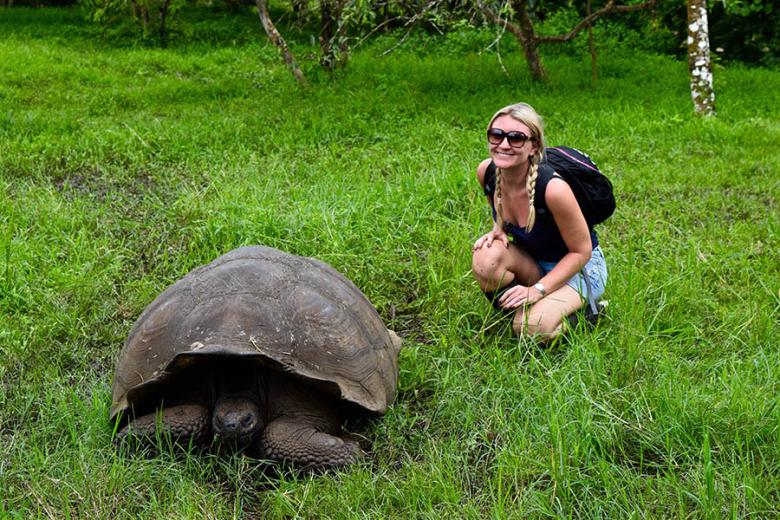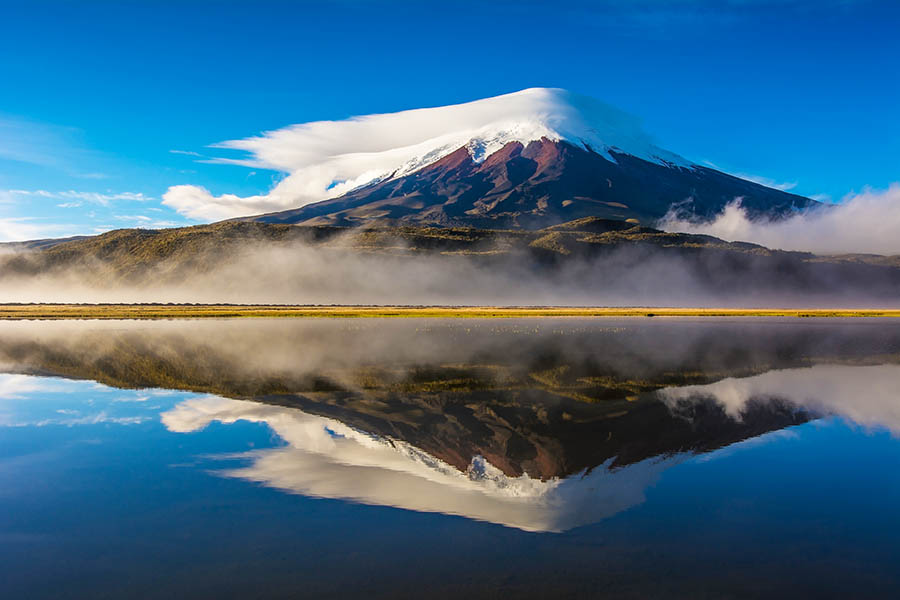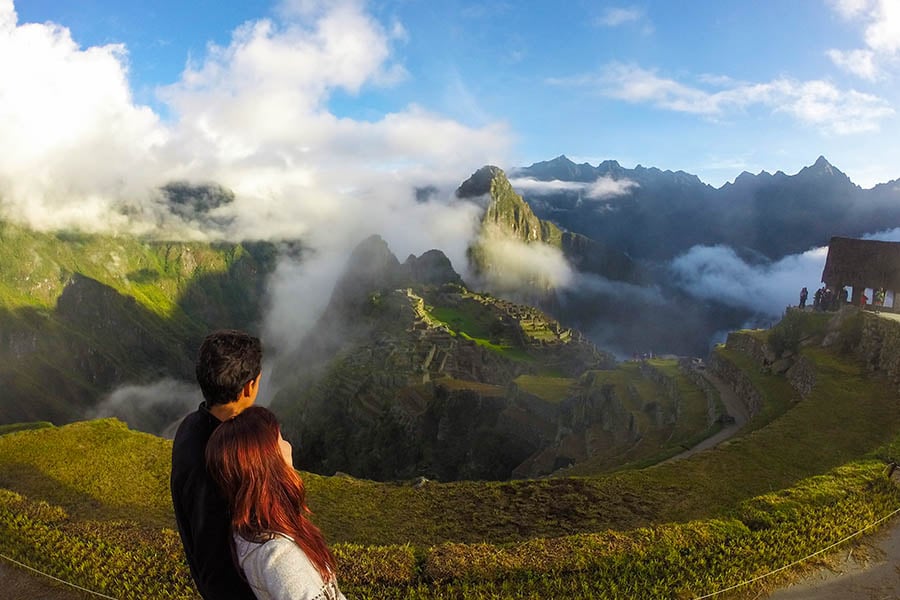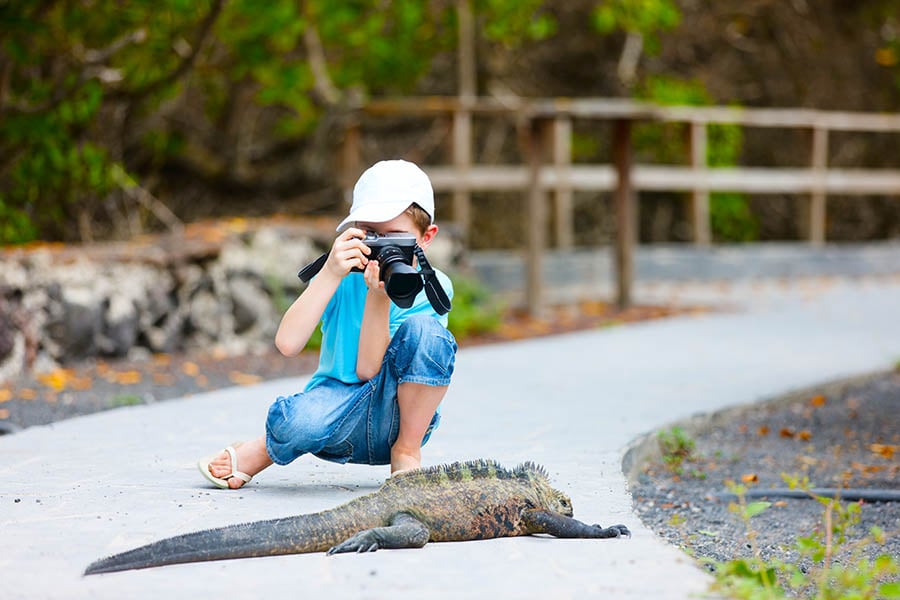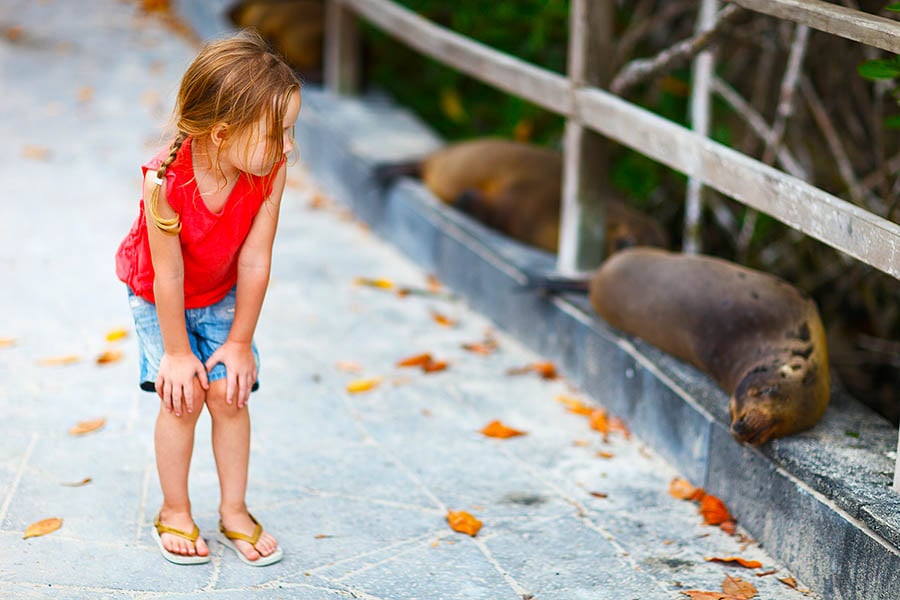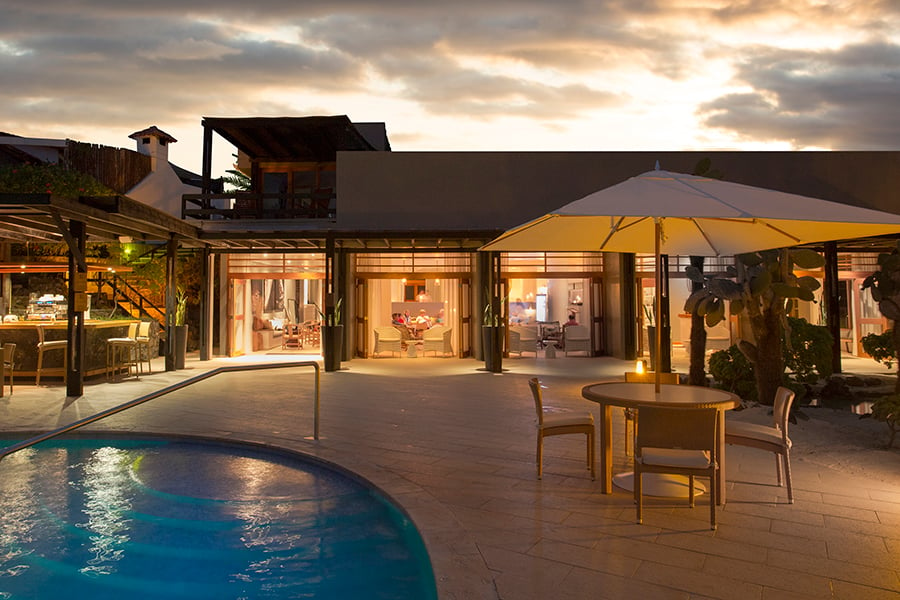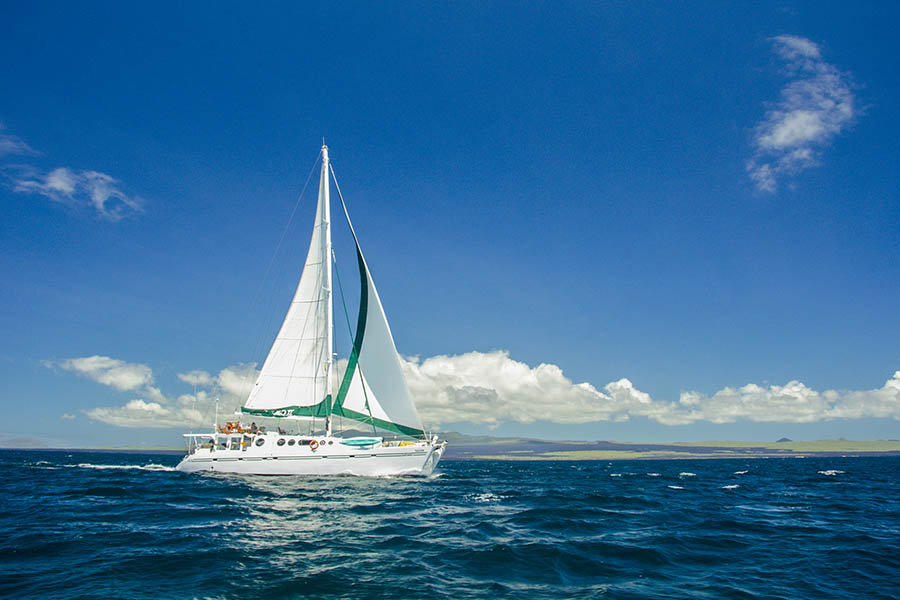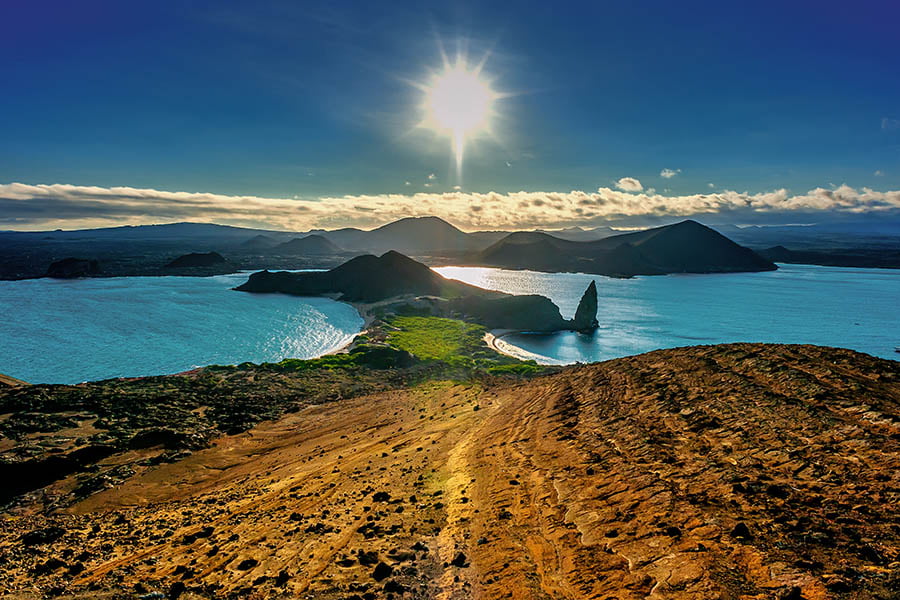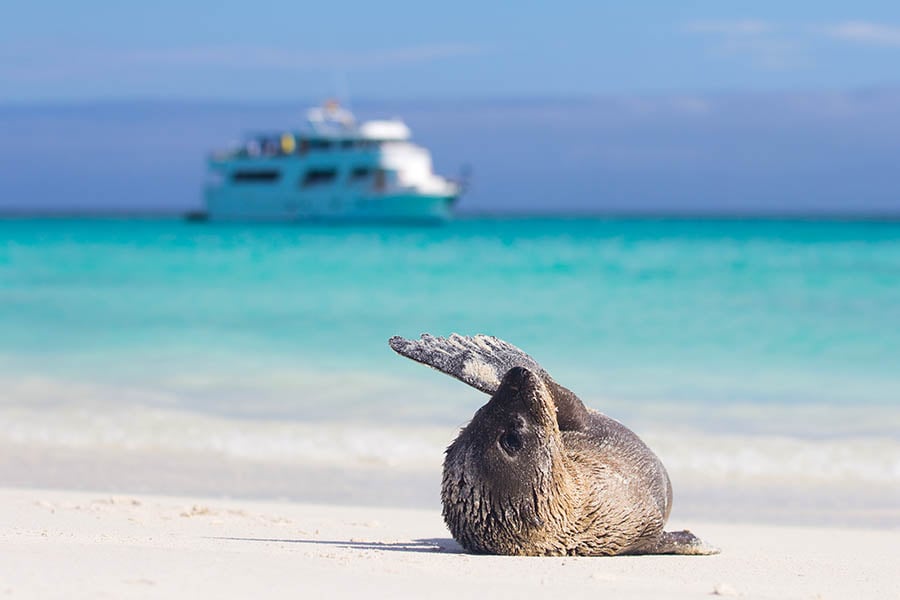Travelling to the Galapagos is truly the trip of a lifetime - one of those holidays you always dream of taking. Sailing through the cool Pacific waters, looking for blue-footed boobies on the rocks and learning about the history of this island group.
It's more than just a haven for wildlife: 25% of the animals here are found nowhere else on the planet. Over the years, the Galapagos Islands have reached an almost mythical status and remain one of the most impressive wildlife destinations in the world.
Why we love the Galapagos...
- Exploring the volcanoes and lava flows of the islands
- Swimming with cheeky sea lions - they especially love children
- Watching majestic eagle rays soar through the water
- Your first glimpse of the famous blue-footed boobies
- Spotting iguanas sunbathing under cacti
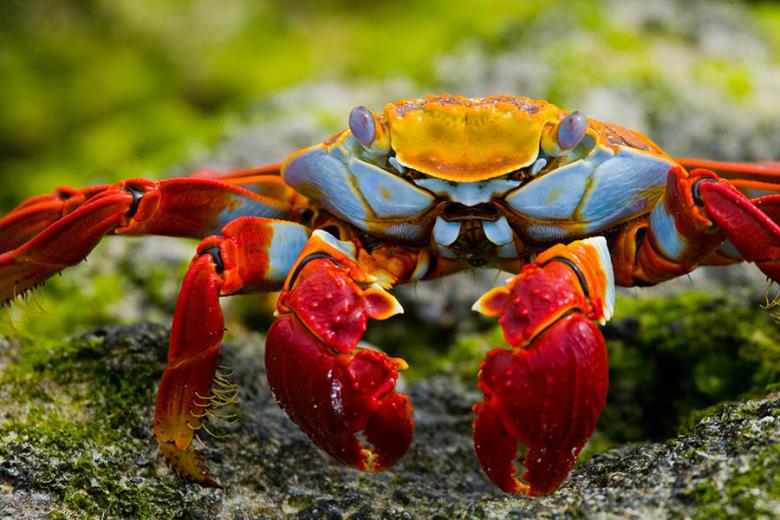
Wildlife of the Galapagos
The fascinating and diverse wildlife is what makes the Galapagos a once in a lifetime trip. The volcanic islands are covered with black lava flows, towering cacti and shimmering salt lakes. You can spot orange crabs scuttling across the rocks, waved albatrosses waddling between their nests and frigate birds puffing up their scarlet chests to attract a mate.
It's not just the islands that are home to wildlife - the ocean is also teeming with magnificent creatures. Marine iguanas paddle around in the shallows and penguins hunt in pairs, chasing after silvery shoals of fish, while dolphins dance and leap around the prows of boats. Getting into the water is a huge part of any trip to the Galapagos - swimming with sea lions, searching for pink starfish on the seafloor and looking out for rays as you snorkel in the shadow of islands.
Which islands should I visit?
With 13 major islands to choose from, as well as countless smaller islets in the surrounding oceans, deciding which to visit can be a difficult task. It's an important consideration before you book your trip; some wildlife can only be found in certain areas and landscapes vary widely across the archipelago. Many cruises will visit either the western or the eastern islands, although itineraries vary and do not usually visit every island in each group. If you're dreaming of the classic views of Pinnacle Rock, or hope to spot a flightless cormorant, it would be a disaster to arrive and realise you aren't even visiting the relevant island.
However, it is important to remember that these islands are wild. There's no guarantee you'll see specific wildlife, or you might find a rogue red-footed boobie that has strayed from a different island. Every trip to the Galapagos Islands is different, so plan for the best and enjoy the ride.
Western Islands
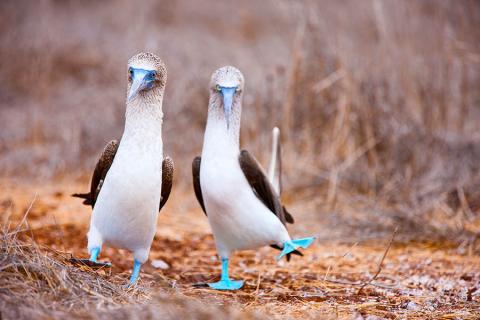
Highlights of the western islands include Isabela, the most volcanically active in the Galapagos and home to 5 species of giant tortoise, Fernandina, where you can find flightless cormorants and Santiago, which has a huge colony of fur seals.
The western islands are dominated by their volcanic landscapes, with huge lava flows and wonderful coral. Species that you mainly find in the western islands include flightless cormorants and hammerhead sharks. In general, the western islands offer more opportunities to see large marine life, thanks to the deeper water of the open ocean. This island group is also a good place to spot rare shearwater birds, noddy terns and three species of Darwin's finches.
Eastern Islands
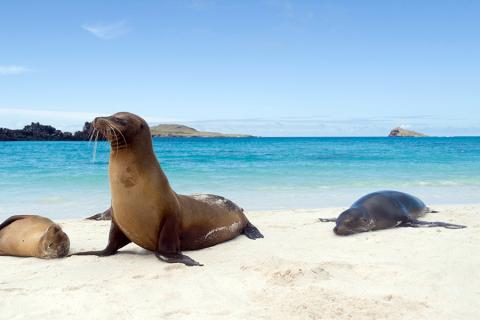
Highlights of the eastern islands include Genovesa, a crescent-shaped, volcanic caldera island, Espanola, the southernmost island with white sand beaches and rare albatrosses and Floreana, which has a lagoon full of flamingos.
The eastern islands are the oldest, with mainly extinct volcanoes and much more vegetation. Species that you can only find in the eastern islands include waved albatrosses, red-footed boobies and land iguanas. You are much more likely to be able to swim with penguins in these waters, as well as see sharks in the deeper parts of the ocean. There is also a greater variety of birds, including red-billed tropicbirds and petrels.
Stay in a hotel or book a cruise?
There are two ways to explore the Galapagos - by taking a cruise or staying a hotel and taking day trips out to different islands. Each option has its merits, based around cost and accessibility. We offer both options - if you want to discuss which is best for you, just contact us on 1273 320 580 or request a quote.
Hotel based island hopping
Pros
- Comfortable to be based on one place for the whole trip
- Could split the trip between two islands
- Can be more cost-effective than a cruise
- More flexibility to choose food/restaurants
Cons
- Have to take day tours every day to visit different islands
- Depending on distance these tours can be tiring, full days
- Usually means spending time exploring in the middle/hottest part of the day
Cruise based island hopping
Pros
- Wake up each morning at a different island
- Explore the islands in the early morning/late afternoon, leaving the middle of the day for relaxing on the boat or snorkelling
- Right in the action for spontaneous wildlife events, like dolphins surrounding the boat
- Everything is included - food, transport, guiding
Cons
- Can be choppy, especially when moving between islands at night
- More expensive
When to visit the Galapagos Islands
There is no bad time to visit the Galapagos Islands. Very little of the wildlife here is migratory, meaning that you can generally see most animals here year-round. The weather is split into a wet season and a dry season, with temperatures fluctuating very little. If you plan to go diving, underwater conditions change throughout the year, while specific natural events like mating dances of blue-footed boobies are also important to note.
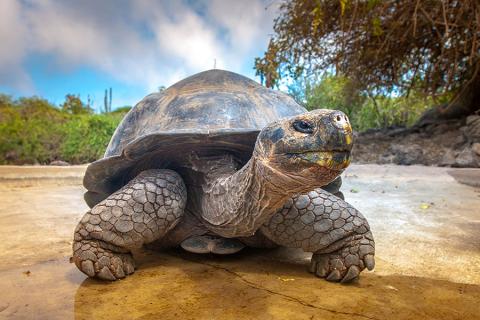
December is the end of the good weather, while January and February begin to get much wetter, bringing clear waters for snorkelling. In Espanola, you'll find the marine iguanas turn bright colours while green sea turtles come ashore to lay their eggs. The first waved albatrosses will be fledging and giant tortoise eggs begin to hatch.
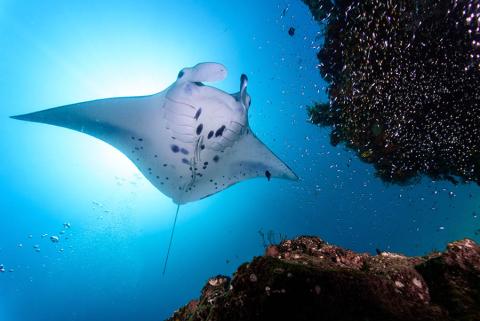
The wet weather reaches its peak, with warm waters in the western islands perfect for snorkelling with penguins. Warm oceans bring manta rays to the channel by Sombrero Chino Island. Blue-footed boobies begin their courtship in North Seymour and sea turtles begin to hatch.
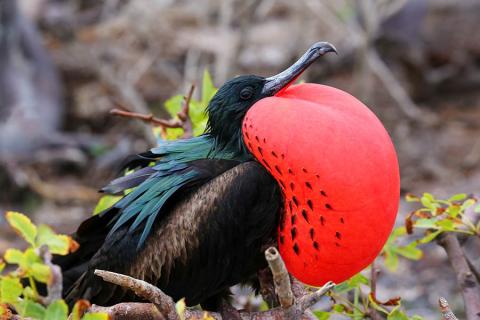
The cooler season begins, rains fade away and the southeast trade winds return. Frigatebirds start to puff out their red chests on Genovesa, while humpback whales can be found in the western ocean as they migrate to Antarctica. A myriad of seabirds fill the air with plenty of babies in the nests.
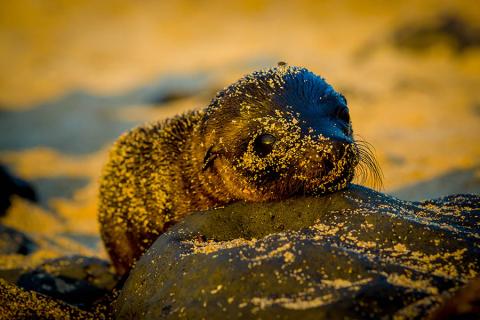
Temperatures hit their lowest levels, around 20 degrees. Sealion pups are being born on the beaches of Espanola and Santa Cruz, while adults battle it out for dominance. Mornings can be misty and chilly but the sun usually burns it off by noon. Seas are calm as water temperatures begin to rise.
We're Galapagos experts
We have 20 years of experience planning Galapagos Island holidays. We know that this is a trip of a lifetime and it's important to get it right. If you're looking for the ultimate Galapagos holiday or want to include a Galapagos cruise as part of a larger round the world holiday, we would love to help!
Whether you have a list of everything you want to experience or don't really know where to begin, just get in touch on 1273 320 580 and we can help you plan your Galapagos trip today.
